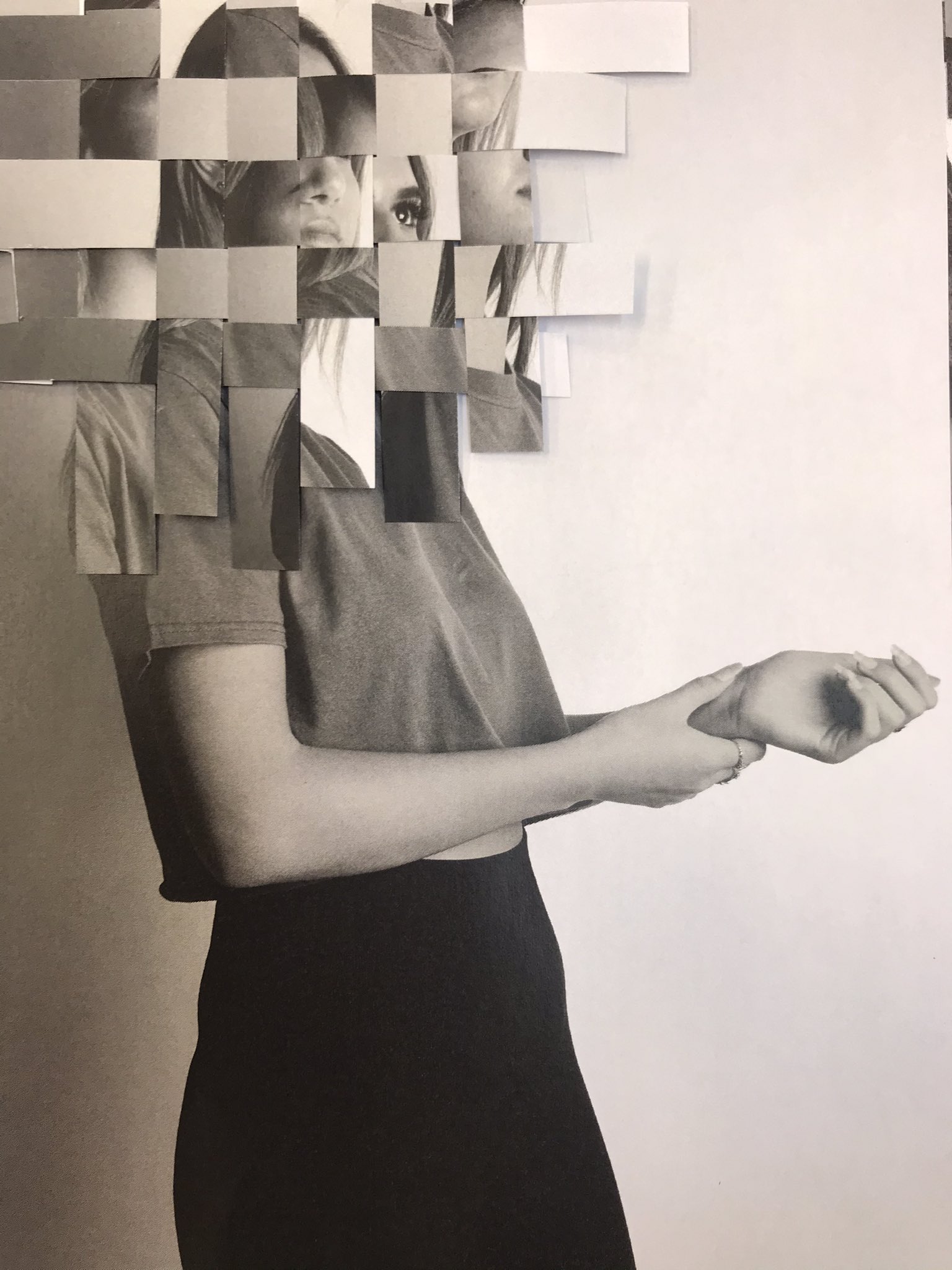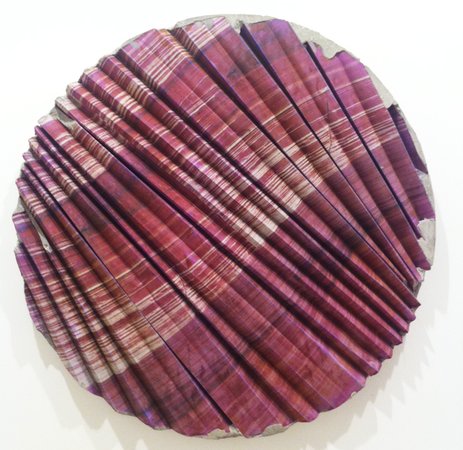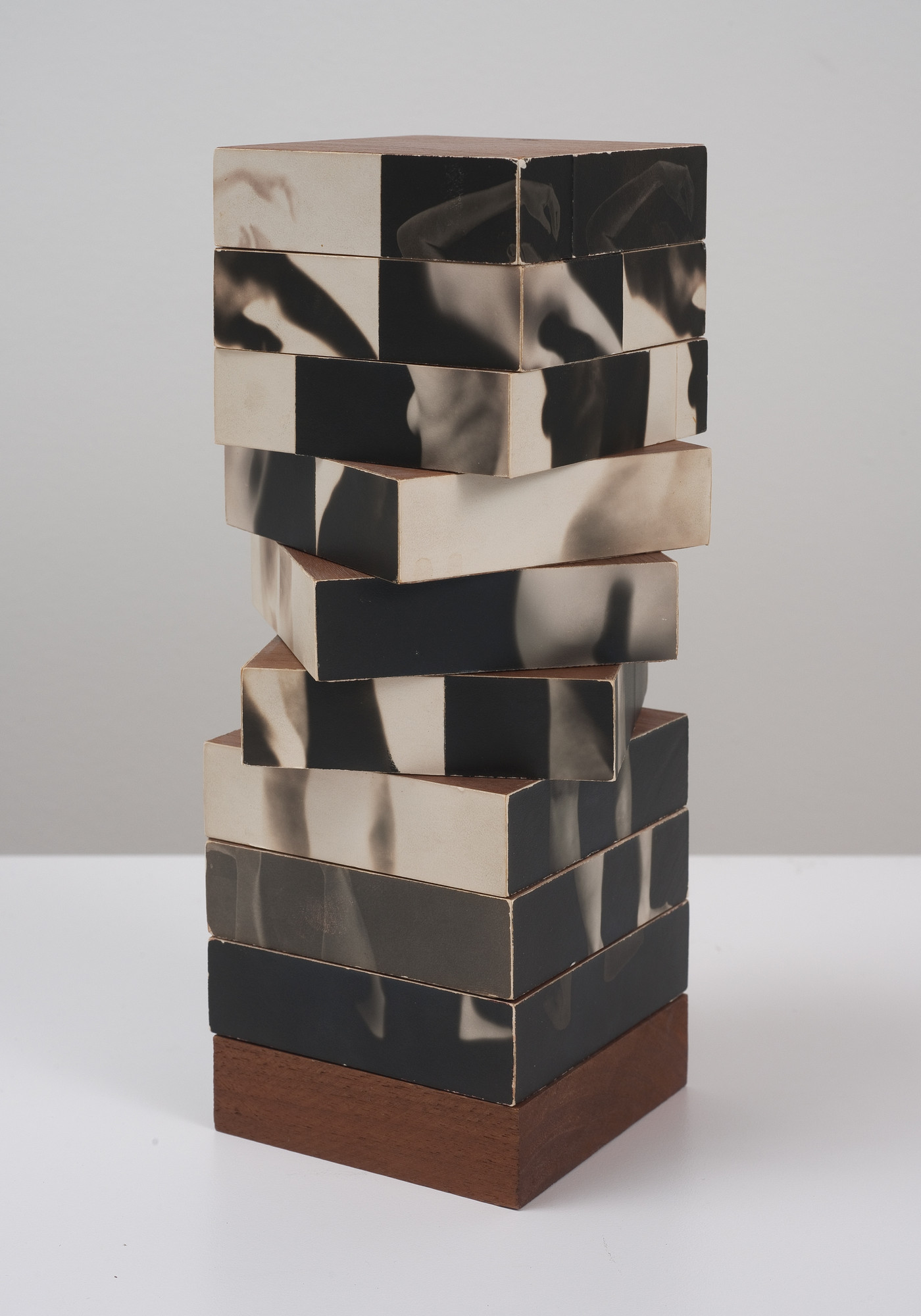Photosculptures are three-dimensional art sculptures are works of art that present the dimensions of height, width, and depth. They occupy physical space and can be perceived from all sides and angles. Traditional types of three-dimensional media, like sculptures and reliefs, are some of the oldest examples of 3D artwork.
History of Photo-Sculptures
The process was invented and patented by French artist (painter, sculptor, and photographer) François Willème in 1860. He took a series of photographs from around a subject and used them to carve a likeness of the figure. Contemporary photo sculptures are obtained through a process of 3D scanning and 3D printing.


Photosculpture Mood Board









Artist Reference: Robert Heinecken
Robert Heinecken was an American artist who referred to himself as a “paraphotographer” because he so often made photographic images without a camera. Heinecken was known for appropriating and re-processing images from magazines, product packaging, or television. In the late 1960s, he also began cutting up popular magazines such as Time and Vogue and inserting sexual or pornographic images into them.


He would place his collage publications back on newsstands in Los Angeles to be sold to unsuspecting buyers. In the 1980s, he created several series on American news television that involved photographing images on the television or exposing the light of a television set directly to paper to create what he called “videograms.”
Inspiration
My main point of inspiration from Robert is the way in which he cops and rearranges his images before placing them onto 3D-shaped “canvases” such as the one shown below. I plan to print out an image of the coast taken from my photoshoot at Le’Tacq and fuse it onto a piece of foam board, which I will then cut u into smaller pieces to rearrange. This will create a puzzle-like piece similar to the one shown below.

